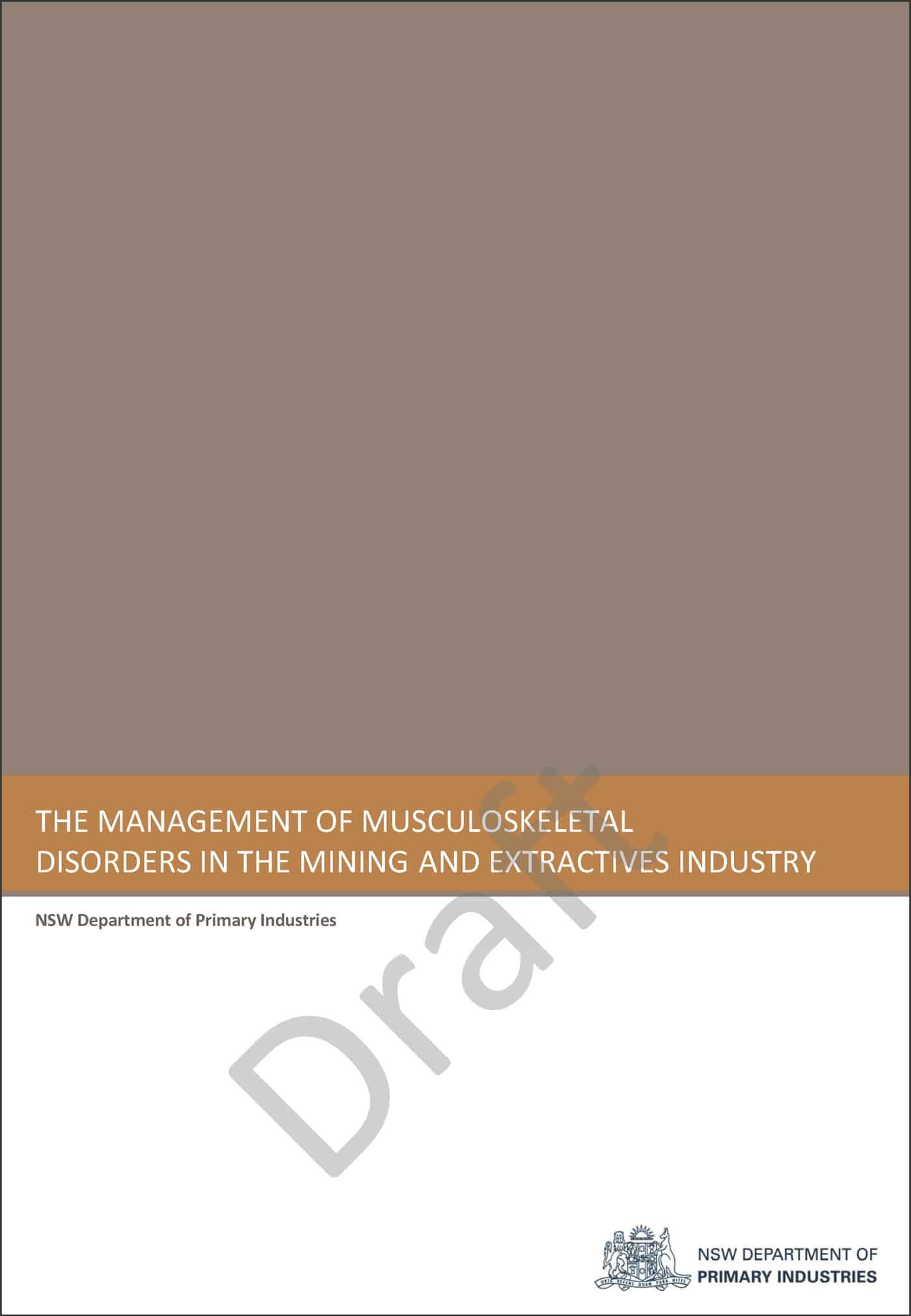A research paper released last month in Germany caught my attention even though it does not relate directly to research undertaken in a work environment.
There seems to be an established train of thought that men and women choose to take risks based on some sort of gender criteria.
Alison L. Booth and Patrick J. Nolen have published “Gender Differences in Risk Behaviour: Does Nurture Matter?” They researched risk behaviour along gender lines in secondary education, a different sample choice to other researchers who mostly looked at their university students. Booth and Nolen found
“…gender differences in preferences for risk-taking are sensitive to the gender mix of the experimental group, with girls being more likely to choose risky outcomes when assigned to all-girl groups. This suggests that observed gender differences in behaviour under uncertainty found in previous studies might reflect social learning rather than inherent gender traits.”
Gender studies are fraught with ideological baggage and it is a brave person who chooses this line of study, as I learnt through studying sociology and Russian literature at university (but that’s another story).
The full report is heavy going for those with no sociology background but the research flags an issue that could be useful to pose to the growing band of workplace psychologists and culture gurus – what are the gender-based variations in unsafe behaviours in the workplace?
Could the available research mean different safety management approaches in workplaces with different gender mixes?
When people talk about workplace culture, could there be a male culture and a female culture? (We certainly refer to a macho culture in some industries) In other words, is there a Mars safety and a Venus safety?
Workplace safety tries hard to be generic but has variations based on industry types. Perhaps we should be looking more closely at the demographics of these types and varying our safety management approaches?

